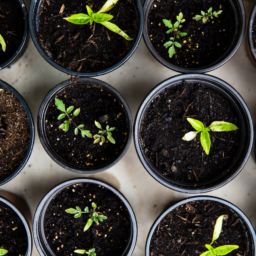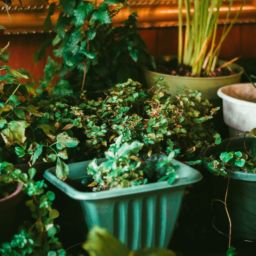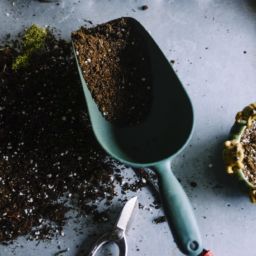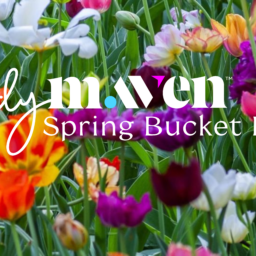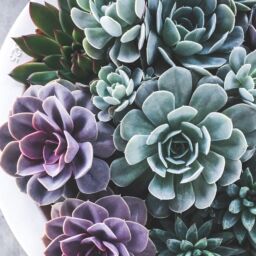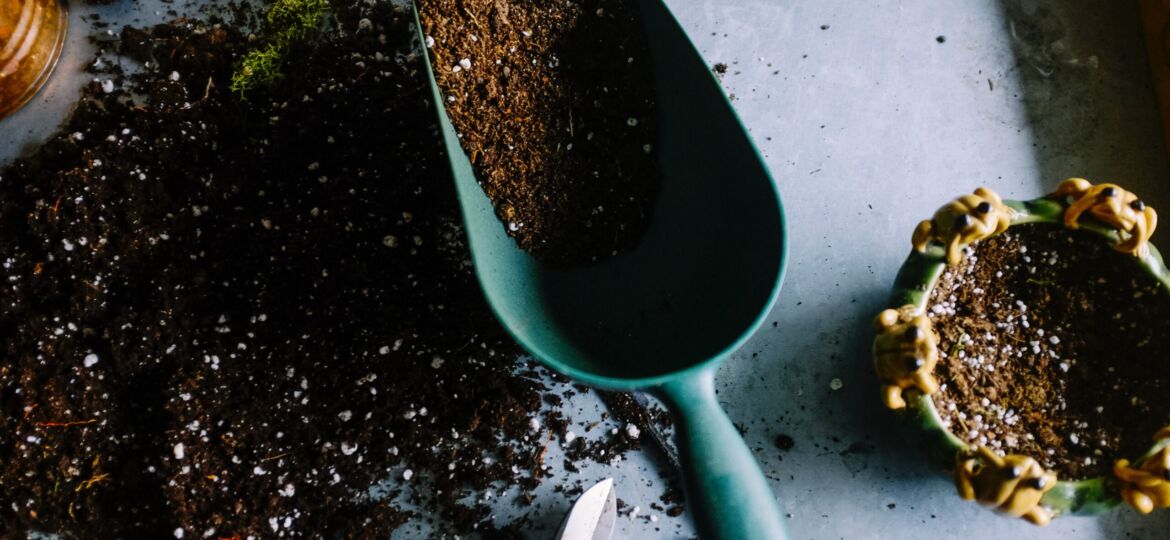
The spring solstice has arrived, and we have a few more weeks of frost: it’s time to start making plans for your spring garden. If you are interested in growing for the first time or looking to make improvements from last season, you are in the right place to cultivate a flourishing garden.
CROP LISTS
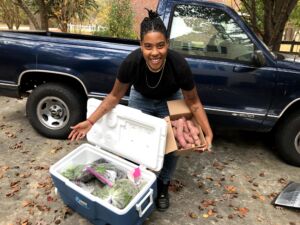 Even if you are a hobby gardener, it is a great idea to organize what you plan to grow and where you plan to grow in your garden. Crop lists help you stay on track with harvests, as well as strategically plant for pest management and soil resource distribution.
Even if you are a hobby gardener, it is a great idea to organize what you plan to grow and where you plan to grow in your garden. Crop lists help you stay on track with harvests, as well as strategically plant for pest management and soil resource distribution.
When making your crop list, ask yourself a few questions: What does my family want to eat? How much time do I want to spend in the garden? What grows well in my climate? These are the big three. Knowing the answers to these questions can ensure you minimize fuss with veggies you may get tired of and that you actually grow plants that can thrive where you are.
For first-time gardeners, be sure to research plants you intend to grow. How many days till harvest? What kind of pests are attracted to this crop? How much sunlight or shade does this plant prefer? This research will help you make plans that make the gardening experience rewarding for your morale. Growing cabbage or broccoli can take a whole season to yield results, whereas you can harvest things like radishes in a few weeks.
Lastly, do not forget to add companion plants to your crop list.
COMPANION PLANTING
This technique is a great way to maximize yield in less space in your home garden. Companion planting is growing mutually beneficial herbs, fruiting plants and flowers together. An example of companion planting is the Three Sisters. This agricultural technology of the Indigenous people of Turtle Island grows beans, corn and squash together. The beans store nitrogen for the heavy feeder corn. The corn grows tall for the beans to climb up, and the squash spreads over the ground keeping back weeds and creating a cool microclimate for all of the plants to thrive over the summer months. Incredible!
Companion planting is not only ingenious, but also makes for a more beautiful and lively garden. Beneficial critters will be attracted to the various herbs and flowers you grow and help keep your fruiting plants less stressed by pests who can increase the chance of disease and ruin a crop.
A little folk wisdom: if it tastes good together, they can grow together. Snap peas and lettuce make great companions. Experiment with companions based off of your crop lists.
SEED STARTING OR DIRECT SEWING
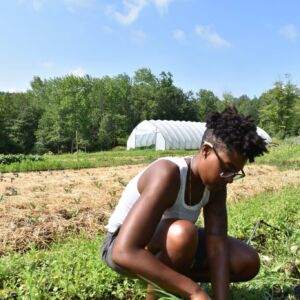 When considering how to start your plants, you have a few options. Start seeds indoors or sew directly into prepared soil or transplant young plants from the local nursery. This choice should factor in how much time you want to put into preparing beds and how quickly you want to be able to harvest, as well as what you plan to grow on your crop list.
When considering how to start your plants, you have a few options. Start seeds indoors or sew directly into prepared soil or transplant young plants from the local nursery. This choice should factor in how much time you want to put into preparing beds and how quickly you want to be able to harvest, as well as what you plan to grow on your crop list.
Some plants prefer to be left alone once they sprout from seeds; these should be sown directly into the ground. Root crops, for example, should not be disturbed by transplanting. Greens and lettuces, however, can actually be better managed if germinated under grow lights and then transplanted after a few weeks. The benefit of starting seeds indoors under grow lights is giving your plants a head start. They can grow despite the frosts outside. You can also buy yourself time to prepare the soil or pots while seeds germinate indoors. It is also satisfying to have plants ready to go directly into the ground when the danger of frost has passed. This can be very motivating for first-time growers especially, as waiting for a seed to sprout in the elements can be nerve-wracking.
When starting seeds indoors, be sure that your seed cells are somewhere warm and safe from pets or babies who like to play in dirt. I’ve lost several kale starts to my dogs already. Lights with a timer set for 12-14 hours will help encourage seeds to sprout, and consistent water and moisture make for a hospitable environment for young sprouts.
SOIL PREPARATION
Building a garden has been very rewarding and exciting work for me because I love playing in dirt. However, not everyone feels this way, and that is fine. Your plants will need a nourishing foundation to nourish you, so you’ll want to be aware of the quality of your soil. I highly recommend testing your soil to learn what nutrients are available as well as any presence of harmful substances like heavy metals.
The Safe Urban Gardening Initiative has resources on testing for lead in soils and will make recommendations for how best to plan your garden.
If you know you want to grow in pots, try to get your hands on local potting soil. Ensure that pots are deep enough and drain well to promote healthy roots.
Starting a compost pile in your yard with kitchen scraps, dried leaves and grass clippings from the yard is a great way to keep local nutrition in your garden, as well. You may also consider getting mineral fertilizers to promote healthy roots, blooms and fruits throughout the season from a local nursery.
PEST MANAGEMENT
 Gardening is a dance with the elements and fauna that may also be eyeing your Red Russian Kale. Be prepared. Critters from squirrels to rabbits to potato bugs can decimate your garden seemingly overnight, and it can be crushing. Despair not! Planning and planting a little extra can go a long way in balancing out the losses.
Gardening is a dance with the elements and fauna that may also be eyeing your Red Russian Kale. Be prepared. Critters from squirrels to rabbits to potato bugs can decimate your garden seemingly overnight, and it can be crushing. Despair not! Planning and planting a little extra can go a long way in balancing out the losses.
Some of the earliest pests in the garden will be squirrels. Especially in outdoor pots – that soft, fluffy dirt is too irresistible – they may dig up sleeping seeds and foil your plans for fennel. Chicken wire or even old window screens with a weight over your pots can protect seeds until they sprout. For strawberries, a favorite of birds and squirrels, get crafty with netting systems that make it harder to reach the berries.
Slugs and bugs are inevitable in the garden, but they do not have to ruin your party. Remember companion planting! Early spring flowers and herbs can attract pollinators, birds and predator insects who eat the pesky ones munching on your crops. Encourage the circle of life and be prepared for the days you may have to pick off a few bugs from your plants.
Healthy soils make a big difference in a plant’s ability to withstand pest pressure. Be consistent in watering and fertilizing with minerals and compost and you’ll see crops bounce back from pest pressure as you move through the season.
ENJOY YOURSELF!
The land is such a wonderful provider for all of us. Growing a garden is an amazing way to take control of your health, take care of the land around you and build a special relationship with plants and animals. I’m wishing that you find joy, peace and pride in your gardening journey! To your bountiful harvests.
All of our content—including this article—is completely free. However, we’d love if you would please consider supporting our journalism with an Indy Maven membership.







